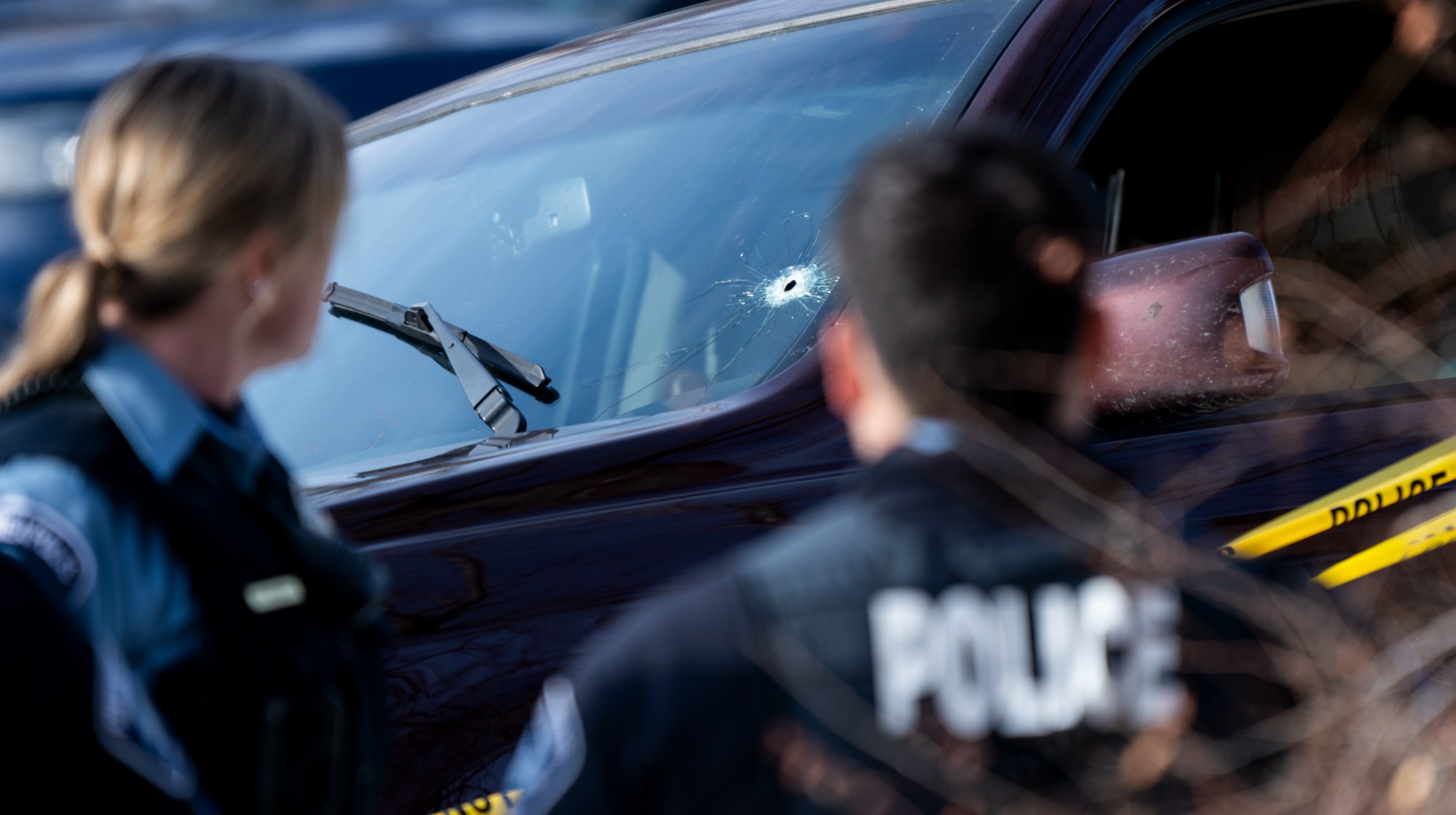The new World Trade Center: Not America's tallest building, after all?
New York was supposed to finally retake the skyscraper crown from Chicago. A local spat may deep-six that plan

On April 30, One World Trade Center in lower Manhattan became the tallest building in New York City, well on its way to becoming, when fully completed, the tallest building in the U.S. But there's one problem: The building's owners — the Port Authority of New York and New Jersey and developer Douglas Durst — are messing with the plans, much to the chagrin of the architect. Because of industry rules, the 104-story tower will only reach its symbolically important 1,776-foot height if its 408-foot needle is enclosed, as designed, in an ornamental white shell. If the shell is scrapped — as the building's owners are insisting — the needle's added height may not be counted in the record books. Will this spat really end the World Trade Center's hopes of taking the tallest-building crown? Here's what you should know:
Why remove the spire shell?
Money and logistics. Ditching the twisting fiberglass-and-steel casing around the antenna would save $20 million, according to Durst, and solve the daunting challenge of ever trying to repair the shell. If one of the enclosure's fiberglass panels needed fixing, says Durst spokesman Jordan Barowitz, workers would have to scale the spire, use a cable to haul a 2,000-pound panel up 1,776 feet from the ground, then install it. "This is the stuff of Mission Impossible, not skyscraper construction," he tells the AP.
The Week
Escape your echo chamber. Get the facts behind the news, plus analysis from multiple perspectives.

Sign up for The Week's Free Newsletters
From our morning news briefing to a weekly Good News Newsletter, get the best of The Week delivered directly to your inbox.
From our morning news briefing to a weekly Good News Newsletter, get the best of The Week delivered directly to your inbox.
Okay. But why would a spire count while an antenna wouldn't?
There's actually some heated disagreement among architects over what counts in building height. But according to the Chicago-based Council on Tall Buildings and Urban Habitat (CTBUH), the most-accepted arbiter on building heights, an antenna doesn't cut it. Antennas, water towers, masts, and other "functional-technical structures" are add-ons rather than integral parts of the building, the CTBUH says. Spires, on the other hand, are "typically a permanent structure and part of the architecture and artistic expression of the building." Durst maintains that the building's needle, while a functional antenna, should count as a spire; the architect, Skidmore Owings & Merrill's David Childs, says it shouldn't. The CTBUH hasn't weighed in yet.
What buildings are taller than One World Trade Center?
The tallest building in the U.S. is Chicago's Willis Tower (formerly the Sears Tower), at 1,451 feet (not including its own antennas). Without counting the 408-foot needle, One World Trade Center would be just 1,368 feet tall, the same height as the fallen World Trade Center towers it is replacing. At that height, the World Trade Center would be demoted to the No. 3 tallest building in the U.S., trumped by both the Willis Tower and another Chicago skyscraper erected by Donald Trump.
A free daily email with the biggest news stories of the day – and the best features from TheWeek.com
If the shell goes, does One WTC lose?
"The short answer is we don't know yet," says CTBUH spokesman Kevin Brass. "There is no doubt that this change will raise questions about the height." But the council won't make a final decision while One World Trade Center is a work in progress. "Building designs often change during construction," the CTBUH says, "and final ratification of the height and formal recognition on the list of 100 Tallest Completed Buildings in the World occur after the building is officially completed." Stay tuned.
Sources: AP, Chicago Tribune, Huffington Post, Wall Street Journal
-
 Iran cuts internet as protests escalate
Iran cuts internet as protests escalateSpeed Reada Government buildings across the country have been set on fire
-
 Tips and tricks for Veganuary
Tips and tricks for VeganuaryThe Week Recommends Here are some of our best recommendations for a plant-based start to the year
-
 FBI bars Minnesota from ICE killing investigation
FBI bars Minnesota from ICE killing investigationSpeed Read The FBI had initially agreed to work with local officials